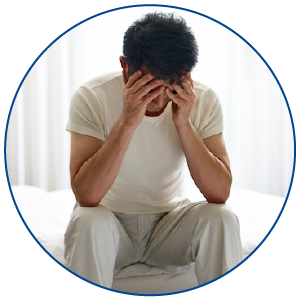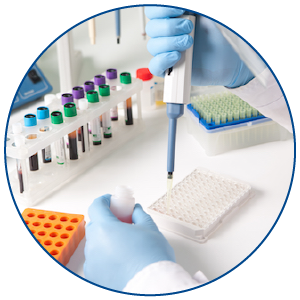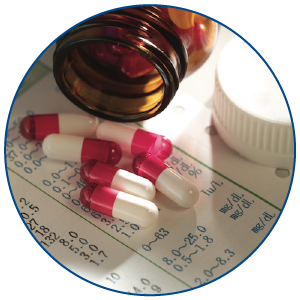
How is HPV passed on
Both men and women can have the virus and pass it on upon sexual intercourse:
- HPV is easily passed from one person to another through genital contact, most often during vaginal and anal sex. It may also be passed on during oral sex.
- HPV can be passed on between straight and same-sex partners, even when the infected partner has no signs or symptoms or with only one lifetime sex partner can get HPV.
- HPV will not pass through a condom but as condoms do not cover all of the genital area, it is possible for unprotected skin to be infected.
- HPV can develop even years after sexual contact with an infected person.
- Most infected persons do not realize they are infected or that they are passing the virus on to a sex partner. It is also possible to get more than one type of HPV.
- Rarely, a pregnant woman with genital HPV can pass HPV to her baby during delivery. Very rarely, the child can develop juvenile-onset recurrent respiratory papillomatosis (JORRP) and develop tumor in the throat 2.
If HPV is developed into warts, it can be infected as follows:
- Infection is likely when warts are present but it is still possible to infect someone after warts have disappeared.
- It is possible, but very rare, to develop warts in the mouth or throat, or on the lips from oral sex.
- Warts can be spreaded from the genital area to the area around the anus without having anal sex.
- It is possible for warts on the hand to be passed to the genitals but this is very rare.
Who are at a higher risk of developing HPV-related disease?
Men who are at a higher risk of developing HPV-related diseases if they are:
- Gay and bisexual
- Having weak immune systems, especially for those who have HIV, are more likely to develop anal cancer. Men with HIV are also more likely to get severe cases of genital warts that are harder to treat.
Reference
http://www.cdc.gov/hpv/WhatIsHPV.html




